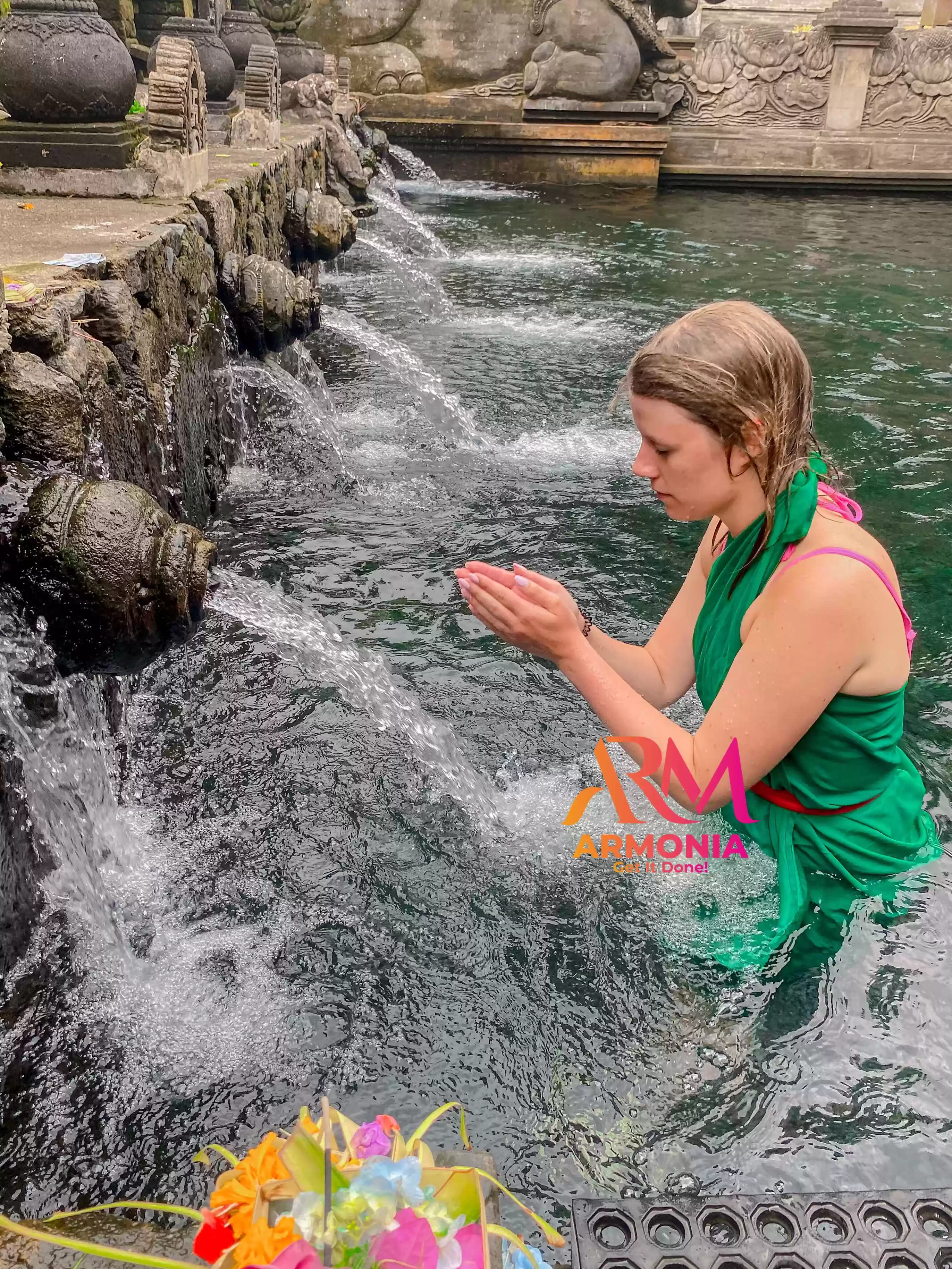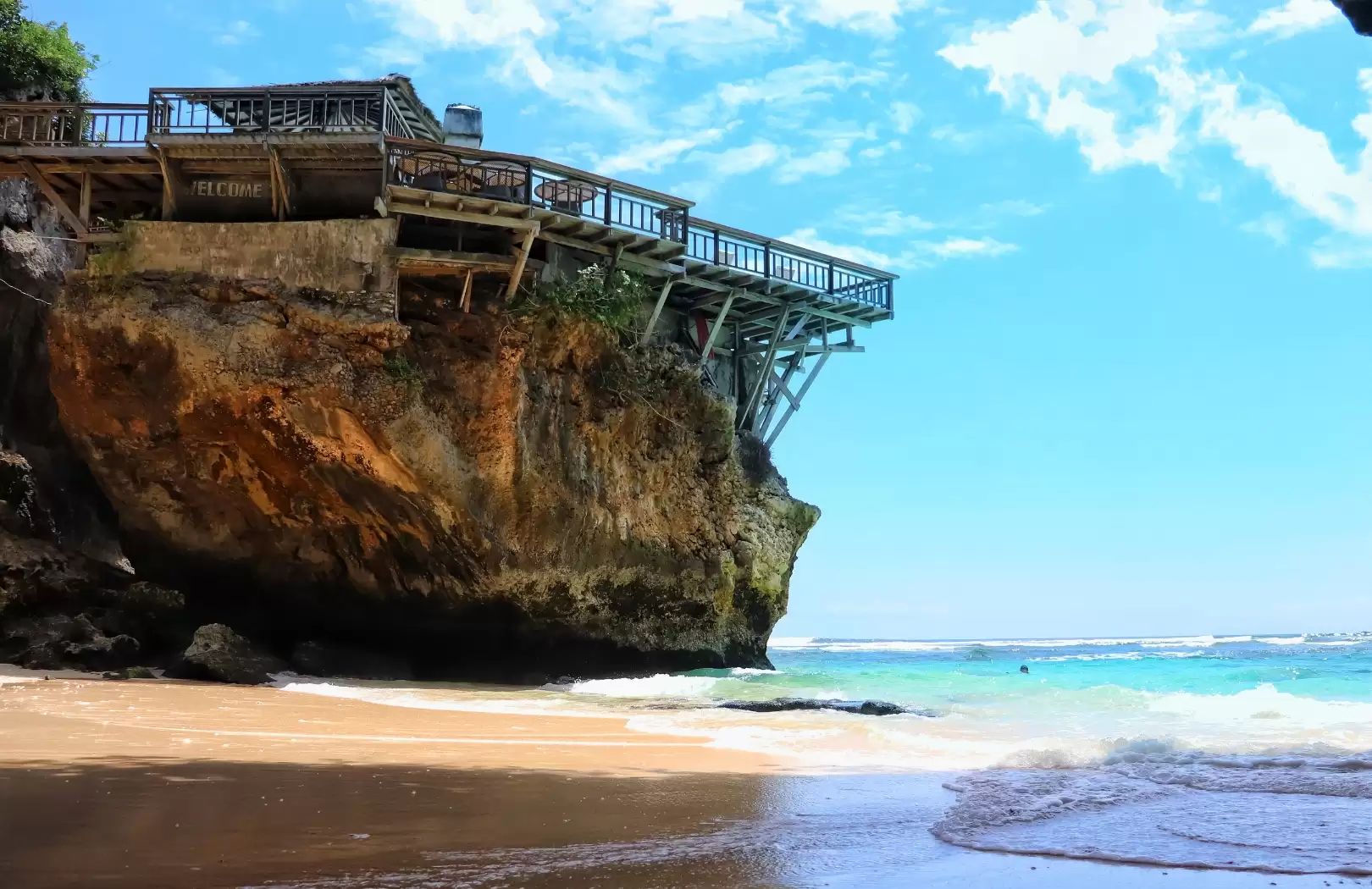A Journey Through Bali’s Ancient Temples

Bali, the Island of the Gods, is not just renowned for its stunning beaches and rich landscapes, but also for its spiritual essence, deeply embedded in its countless temples. Each temple on the island is not only a place of worship but also a symbol of Bali’s rich cultural heritage, spiritual practices, and architectural grandeur. These temples offer an extraordinary opportunity to step back in time, experiencing the island’s history, mythology, and timeless beauty.
If you’re planning to explore Bali’s temples, a journey through them is sure to be an enriching experience, one that will provide insight into the daily life of Balinese people and their deep connection to spirituality. From the majestic cliffside Uluwatu Temple to the sacred waters of Tirta Empul, each temple tells a unique story of devotion, history, and tradition.
In this article, we will take you on a journey through Bali’s most famous ancient temples. This guide will showcase the architectural wonders, the spiritual practices, and the stories that make these temples significant in Balinese culture.
1. Uluwatu Temple: The Cliffside Sanctuary
Perched high above the Indian Ocean on a majestic clifftop, Uluwatu Temple is one of Bali’s most iconic and ancient temples. It is located at the southernmost tip of the island, offering sweeping panoramic views of the ocean and surrounding coastline. The temple, also known as Pura Luhur Uluwatu, was built in the 11th century and is dedicated to Siva Rudra, the god of the sea.
Uluwatu Temple is famous not only for its stunning location but also for its spiritual significance. The temple is a Sad Kahyangan Jagat Temple, one of Bali’s six key temples that serve as the island’s spiritual pillars. It is a place of worship and protection, with a unique combination of Balinese architectural styles and natural beauty. Visitors often come here to witness the awe-inspiring Kecak Fire Dance, a traditional Balinese dance performed at sunset with the temple and ocean as the dramatic backdrop.
The temple grounds are home to a number of sacred monkeys, considered protectors of the temple. Be mindful of these playful creatures, as they are known to snatch small items from tourists. Despite the mischievous monkeys, Uluwatu Temple remains a peaceful and spiritual destination, ideal for those who want to meditate and take in the calming atmosphere of the sea breeze.
2. Besakih Temple: Bali’s Mother Temple
Located on the slopes of Mount Agung, Bali’s tallest volcano, Besakih Temple is the island’s most important and largest temple complex. Revered by Balinese Hindus, Besakih is often referred to as the “Mother Temple” of Bali and is considered the holiest site on the island. The temple consists of over 80 individual temples scattered across the mountain’s slopes, all of which are connected by a series of terraces, stairways, and pathways.
Besakih Temple is dedicated to the three primary gods in the Balinese Hindu trinity: Brahma, Vishnu, and Shiva, with the central temple Pura Penataran Agung being the most significant. From here, visitors are rewarded with breathtaking views of the surrounding valleys, rice fields, and the majestic Mount Agung in the background. Besakih is a site for religious rituals and ceremonies, where the island’s Hindus come together to pray for prosperity, health, and protection.
A visit to Besakih Temple is a spiritual journey through Bali’s history and mythology. The sacred mountain and temple complex are tied to ancient beliefs, and the stunning natural beauty of the area only adds to the sense of awe and reverence. As the temple sits on the volcanic slopes, it is considered an essential pilgrimage site for Balinese Hindus and a must-visit for anyone wishing to understand the cultural and spiritual heart of Bali.
3. Tirta Empul Temple: Bali’s Sacred Water Temple
Nestled in the heart of Bali, Tirta Empul Temple is one of the island’s most important sacred water temples, famous for its holy spring water. Located in the village of Manukaya, this temple is dedicated to Indra, the Hindu god of war, who is believed to have created the sacred springs. Visitors come here to take part in the traditional purification ritual, a sacred experience that has been practiced for centuries.
The temple is renowned for its beautiful pool, which contains spring water that flows from a natural spring beneath the temple grounds. The water is believed to have healing and purifying properties, and visitors are invited to cleanse their minds, bodies, and spirits by bathing in the temple’s holy water. The experience involves moving through a series of purification pools, each representing a different phase of cleansing.
Tirta Empul is a perfect example of Bali’s deep connection to water and nature. In addition to its spiritual significance, the temple’s location in a lush valley adds to the tranquil atmosphere, making it an ideal spot for reflection and contemplation. Visitors can also explore the surrounding gardens, which are filled with fountains, statues, and beautiful Balinese carvings.
4. Tanah Lot Temple: The Temple of the Sea
One of Bali’s most iconic temples, Tanah Lot Temple is perched on a rocky outcrop in the sea, creating a dramatic and picturesque scene. Located along the southern coast of Bali, Tanah Lot is dedicated to Dewa Baruna, the god of the sea, and is one of Bali’s most important pilgrimage sites. The temple is especially popular during sunset, when the temple is bathed in golden light, creating a breathtaking view.
Tanah Lot Temple has a rich history dating back to the 16th century. It was built by the revered Hindu priest Dang Hyang Nirartha, who is said to have created the temple as a place of worship and to protect the island from the dangers of the sea. The temple’s position on the rock is unique, as it is accessible only during low tide, while at high tide, the temple appears to float on the sea.
Aside from its spiritual significance, Tanah Lot is one of Bali’s most photographed landmarks. The temple’s stunning location, with waves crashing against the rocks and the sun setting in the background, offers a truly magical experience for visitors. The nearby sea is also home to sacred sea snakes, which are said to protect the temple from evil spirits.
5. Gunung Kawi Temple: Bali’s Ancient Rock-Cut Temple
Located in Tampaksiring, near Ubud, Gunung Kawi Temple is an ancient rock-cut temple complex that dates back to the 11th century. The temple consists of 10 rock-cut shrines carved into the cliffsides, each believed to be the tombs of the Balinese kings and queens of the Udayana Dynasty.
To reach the temple, visitors descend a series of steps through lush tropical gardens, where they are greeted by the sight of the towering stone shrines. Gunung Kawi Temple is unique because of its historical significance and the mystery surrounding its creation. The intricate carvings and statues evoke the ancient religious and cultural beliefs of the Bali kingdom.
Gunung Kawi Temple is less crowded than many of Bali’s more famous temples, making it an ideal spot for those who wish to explore Bali’s ancient history in a peaceful setting. It is an excellent place to experience Bali’s spiritual side, with a visit offering insight into the island’s royal heritage and unique temple architecture.
6. Exploring Bali’s Sacred Temples with Armonia Bali Travel
At Armonia Bali Travel, we offer tailored tours that take you to these ancient and sacred temples, providing a deeper understanding of Bali’s history, culture, and spiritual practices. Whether you’re interested in the peaceful atmosphere of Tirta Empul, the dramatic views of Tanah Lot, or the majestic cliffside vistas at Uluwatu, we’ll curate a tour that brings you closer to the island’s rich religious heritage.
Our experienced guides will ensure that you get the most out of each temple visit, providing historical context, cultural insights, and stories that make each site unique. We offer private, customizable tours to suit your interests, allowing you to explore Bali’s temples in comfort and style.
Conclusion
Bali’s temples are not just architectural wonders; they are living monuments to the island’s deep spirituality, rich cultural history, and timeless beauty. From the towering peaks of Besakih Temple to the peaceful waters of Tirta Empul, each temple offers a unique opportunity to experience the essence of Bali.
Whether you’re a history enthusiast, a spiritual seeker, or someone who simply wants to connect with the island’s culture, a journey through Bali’s ancient temples is an experience you will never forget. With Armonia Bali Travel, you can explore Bali’s sacred temples with an expert guide, ensuring a memorable and enriching experience that captures the true spirit of the island.



